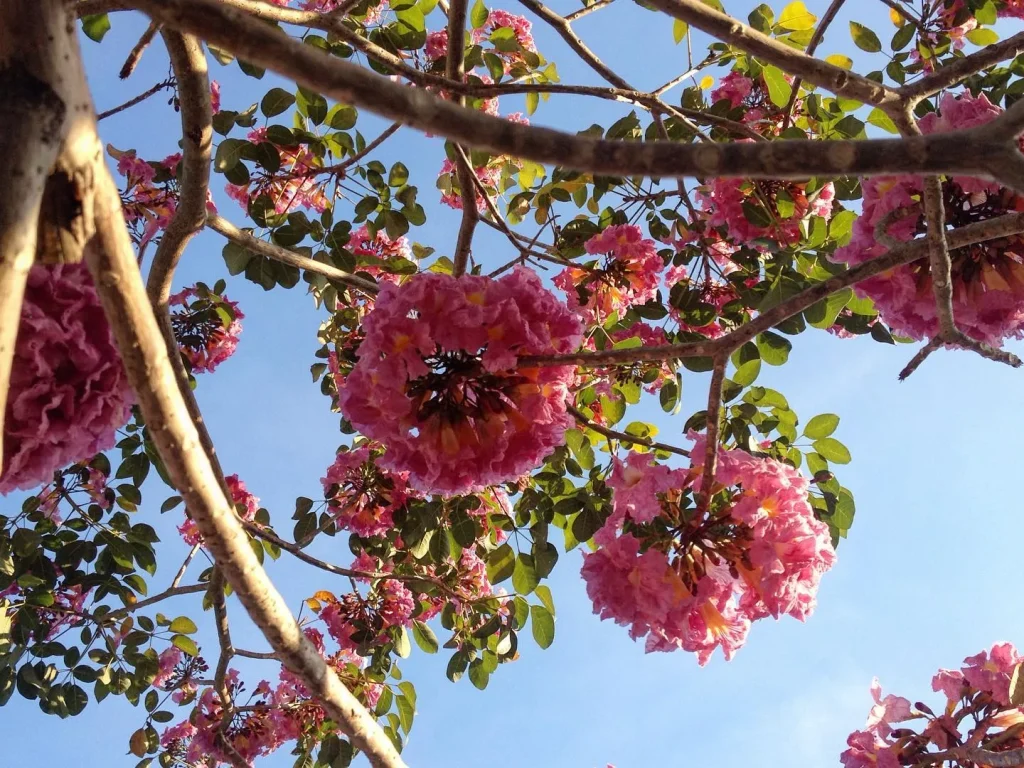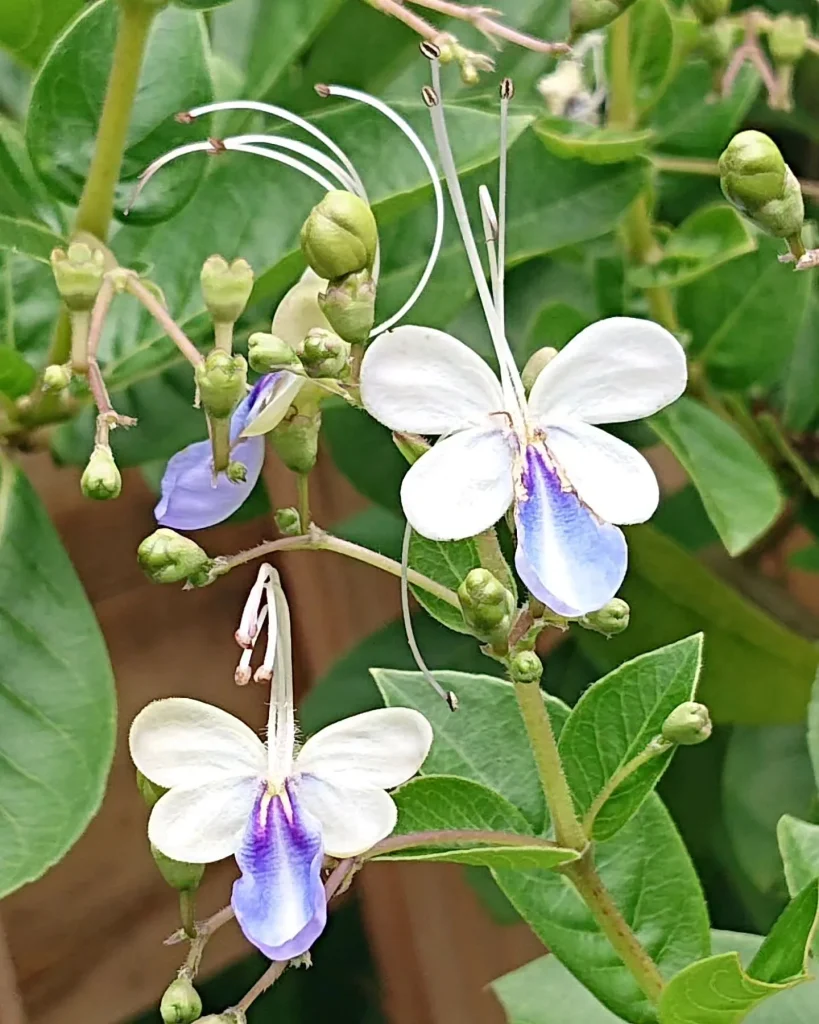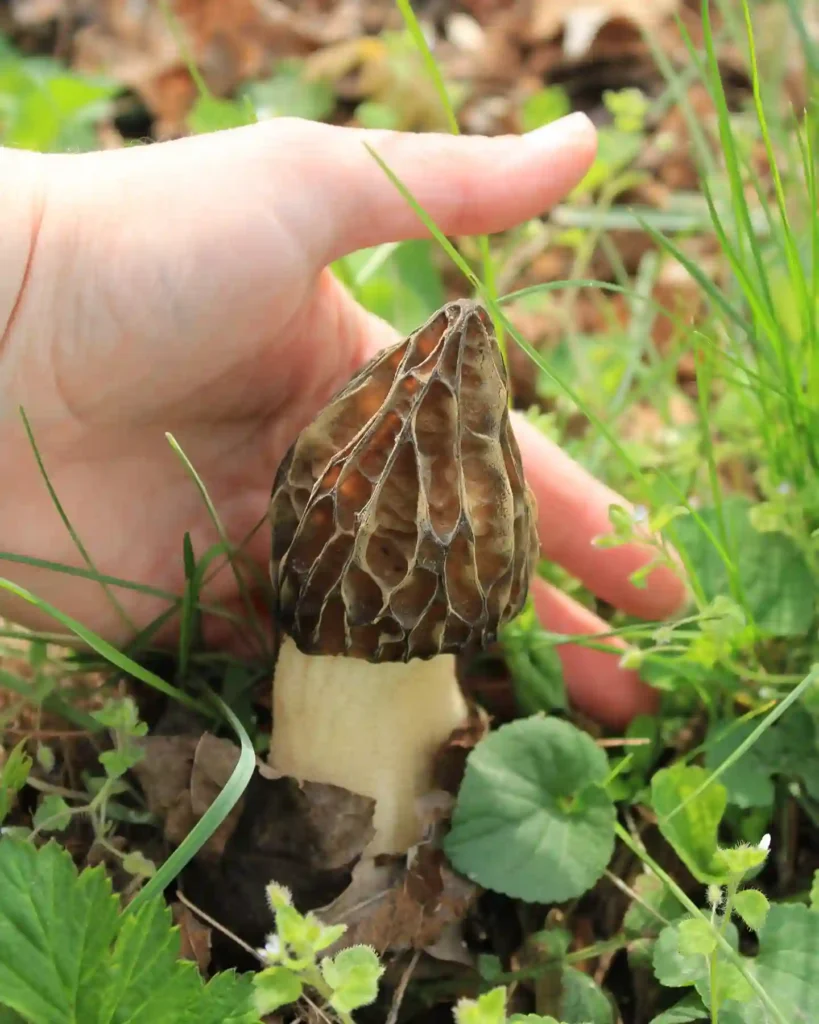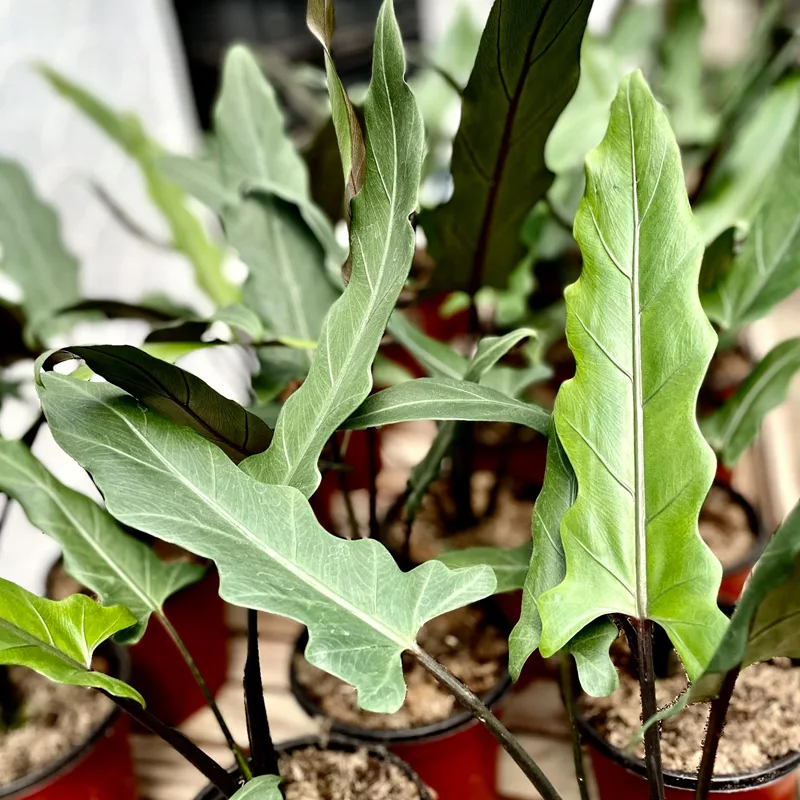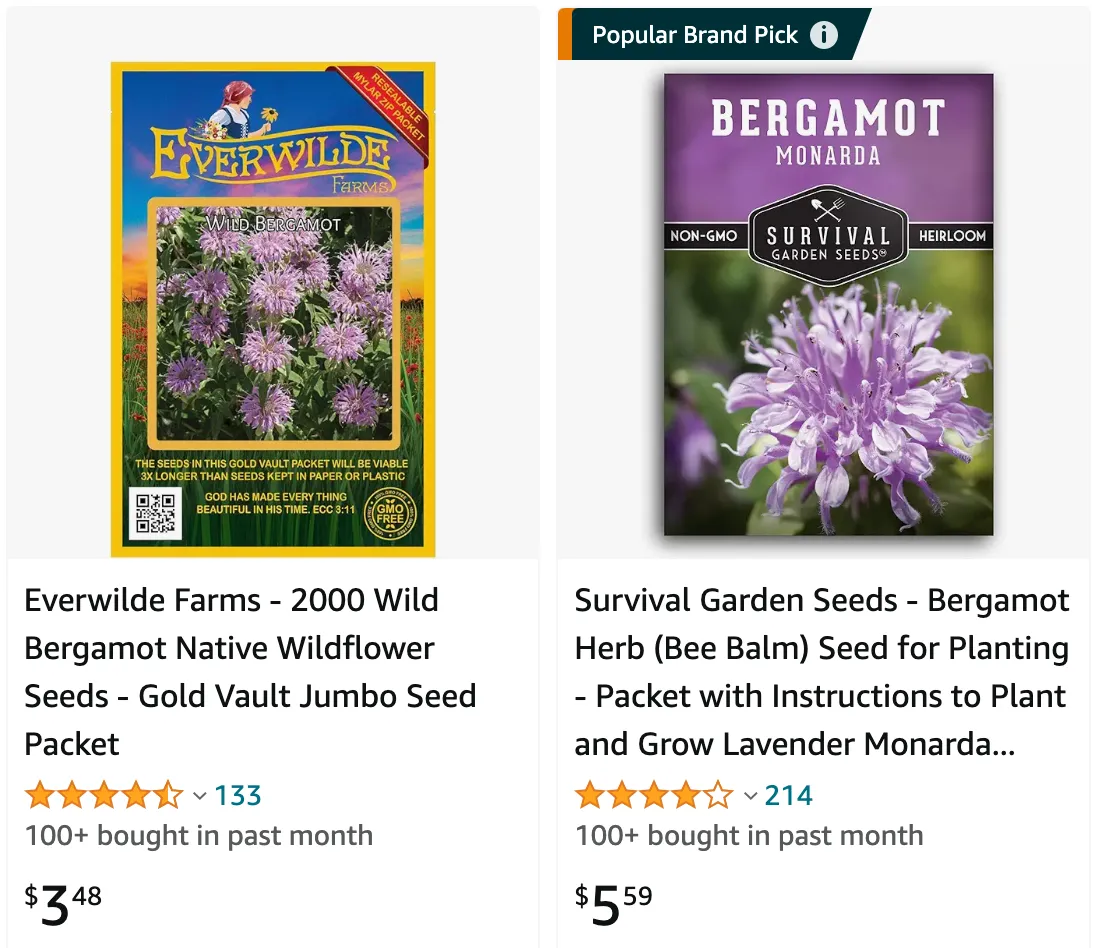
What is Monarda fistulosa?
Monarda fistulosa, or wild bergamot, is one of my favorite native wildflowers. It belongs to the mint family and has beautiful, aromatic, lavender-pink flowers that are a magnet for pollinators. I love its slightly minty, oregano-like fragrance, which adds a pleasant aroma to my garden. Besides its ornamental value, it’s also known for its medicinal properties and has been used traditionally for various herbal remedies.
25 Species in Genus Monarda – Bee Balm
Monarda Fistulosa vs Didyma
I’ve found that Monarda Fistulosa’s resilience to drought outshines Didyma, making it the perfect choice for my low-maintenance garden.
How to grow Monarda fistulosa?
Planting Methods:
You can grow Monarda fistulosa from seeds or by dividing established plants.
Growing from Seeds:
- Timing: You can sow seeds directly outdoors in early spring (after the last frost) up to 8 weeks before the first fall frost in your area. Alternatively, you can start seeds indoors 6-8 weeks before the last frost for transplanting outdoors later.
- Seed Starting (Optional):
- Use a well-draining seed starting mix.
- Sow seeds on the surface of the mix and lightly press them in.
- Keep the soil moist but not soggy.
- Provide warmth (around 70°F) and bright indirect light.
- Seeds should germinate in about 1-2 weeks.
- Harden off seedlings gradually before transplanting outdoors.
- Direct Sowing:
- Prepare a garden bed with well-drained soil in a location that receives full sun or partial shade.
- Sow seeds directly on the soil surface and lightly cover with a thin layer of soil.
- Water gently to keep the soil moist.
- Seeds should germinate in about 2-3 weeks.
Planting Outdoors (from seeds or transplants):
- Choose a location with well-drained soil and full sun to partial shade.
- Monarda fistulosa tolerates a wide range of soil types, but amending clay soil with compost or organic matter can improve drainage.
- Space plants 12-18 inches apart to allow for proper growth and air circulation.
- Dig a hole slightly larger than the root ball of your seedling or transplant.
- Gently place the plant in the hole and backfill with soil, tamping it down gently.
- Water thoroughly to settle the soil around the roots.
Aftercare:
- Watering: Water regularly, especially during the first growing season, to keep the soil consistently moist but not soggy. Established plants are more drought tolerant but will benefit from occasional watering during dry periods. Signs of thirst include wilting leaves.
- Mulching: Apply a layer of mulch (2-3 inches thick) around the base of the plant to retain moisture, regulate soil temperature, suppress weeds, and help maintain moderate soil coolness (roots prefer cooler temperatures).
- Fertilizing: Monarda fistulosa is not a heavy feeder. A single application of a balanced fertilizer in early spring is sufficient. Avoid over-fertilizing, as it can promote excessive foliage growth and reduce flowering.
- Deadheading: Deadheading spent flowers throughout the blooming season can encourage additional blooms.
Propagation by Division:
- In spring or fall, you can divide established Monarda fistulosa clumps to propagate new plants.
- Carefully dig up the clump and use a sharp knife or spade to divide it into sections, each with healthy roots and shoots.
- Replant the divisions in separate locations following the planting guidelines above.
Additional Tips:
- Monarda fistulosa is a fast-growing perennial and may require dividing every 3-4 years to maintain vigor and prevent overcrowding.
- The plant is generally pest and disease resistant. However, watch for common garden problems like powdery mildew, especially during rainy weather. You can improve air circulation around the plants to help prevent this issue.
- Monarda fistulosa attracts butterflies, hummingbirds, and other beneficial pollinators to your garden with its fragrant flowers.
Can Monarda fistulosa grow in wet conditions?
While Monarda fistulosa prefers well-drained soil, I’ve found that it can tolerate wet conditions to some extent, but it’s not ideal. In my garden, I’ve noticed they do best in areas that don’t stay waterlogged for long periods. When I planted them in a spot that was too wet, the roots started to rot, and the plants didn’t thrive. So, I usually choose locations where the soil drains well but retains enough moisture for healthy growth.
Is Monarda fistulosa invasive?
One thing I’ve learned from growing Monarda fistulosa is that it can be somewhat invasive if not managed properly. In my experience, it spreads via rhizomes and seeds, so I keep an eye on it to make sure it doesn’t take over my garden. Regularly dividing the plants and removing any unwanted seedlings helps keep it under control. Despite its vigorous growth, I appreciate how it fills in spaces and attracts pollinators like bees and butterflies.
Is the Monarda fistulosa deciduous?
Monarda fistulosa is a deciduous perennial, which means it dies back to the ground in the winter and comes back in the spring. In my garden, it usually starts to fade in the fall after the first frost, and I cut back the dead stems to tidy up the garden. When spring arrives, I’m always excited to see the new shoots emerging from the soil, signaling the start of another growing season.
When does Monarda fistulosa bloom?
In my garden, Monarda fistulosa typically starts blooming in mid-summer and continues to flower through late summer. The blooming period is something I look forward to every year because the vibrant flowers attract bees, butterflies, and hummingbirds, making the garden buzz with activity. I often deadhead the spent blooms to encourage more flowers and prolong the blooming season.
When to plant Monarda fistulosa?
When it comes to planting Monarda fistulosa, I prefer doing it in the spring or early fall. Planting in the spring allows the plants to establish before the heat of summer, while fall planting gives them time to develop roots before winter. In both cases, I ensure the soil is well-prepared and keep the young plants well-watered until they are established. This approach has consistently given me strong, healthy plants that thrive in my garden.
If i die, water my plants!
